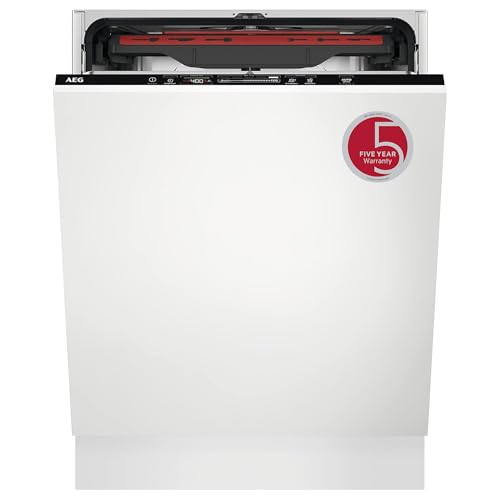




When it comes to doing laundry, many of us rely on a quick wash cycle to get our clothes clean and fresh in a shorter amount of time. But have you ever wondered what temperature this quick wash cycle actually uses?
The temperature of a quick wash cycle can vary depending on the make and model of your washing machine. However, most quick wash cycles use cold or lukewarm water, which is around 30-40 degrees Celsius (86-104 degrees Fahrenheit). This lower temperature helps to save energy and reduce the time it takes to wash your clothes.
While a quick wash cycle may not use hot water, it can still effectively clean your clothes. This is because modern detergents are designed to work efficiently at lower temperatures. However, it’s important to note that some stains and heavily soiled items may require a higher temperature to be fully removed.
It’s also worth mentioning that a quick wash cycle typically has a shorter duration than a regular cycle. This means that the clothes are not agitated for as long, which can result in less thorough cleaning. So, if you have particularly dirty or stained garments, it may be best to opt for a longer, more intensive cycle.
In conclusion, a quick wash cycle typically uses cold or lukewarm water and is shorter in duration. While it can effectively clean most clothes, it may not be suitable for heavily soiled items. It’s always a good idea to check the manufacturer’s instructions for your specific washing machine to understand the exact temperature and duration of the quick wash cycle.
Understanding Quick Wash Cycles: Explained
Quick wash cycles are a popular feature in modern washing machines. They offer a shorter, more efficient way to clean your clothes. In this article, we will help you understand these quick wash cycles and how they work.
What is a Quick Wash Cycle?
A quick wash cycle is a setting on washing machines that allows you to clean your clothes in a shorter amount of time compared to regular cycles. These cycles are designed to be fast and efficient, perfect for when you need your clothes cleaned quickly.
How Long Do Quick Wash Cycles Last?
The duration of a quick wash cycle can vary depending on the model of your washing machine. Typically, these cycles last anywhere between 15 to 30 minutes. Keep in mind that the shorter cycle time may sacrifice some cleaning power compared to longer cycles.
Temperature of Quick Wash Cycles
The temperature of a quick wash cycle can also vary depending on your washing machine. Some machines offer a default temperature setting, while others let you adjust it manually. In general, quick wash cycles tend to use cooler water temperatures, usually around 30 to 40 degrees Celsius. This helps to save energy and reduces the time needed for your clothes to dry.
When to Use Quick Wash Cycles?
Quick wash cycles are ideal for situations where you need your clothes cleaned quickly, such as when you have a small load of lightly soiled clothes or when you need a specific outfit for an event. These cycles are not recommended for heavily soiled clothes or items that require deeper cleaning.
Tips for Using Quick Wash Cycles
- Sort your clothes properly before starting a quick wash cycle to avoid damaging delicate garments.
- Avoid using quick wash cycles for heavily soiled items or tough stains, as they may not be as effective as longer cycles.
- Use the appropriate amount of detergent for a quick wash cycle, typically less than a regular cycle.
- Consider using quick wash cycles as a time-saving option, but not for everyday use. Regular cycles are still necessary to maintain the cleanliness and longevity of your clothes.
Understanding quick wash cycles and how to use them effectively can help you save time and energy while keeping your clothes clean. Remember to consult your washing machine’s manual for specific instructions on using quick wash cycles.
Exploring the Quick Wash Cycle Temperature
The temperature of the quick wash cycle varies depending on the specific washing machine model and the manufacturer’s settings. However, there are general temperature guidelines that can help you understand what to expect from this cycle.
1. Lower temperature range:
In most cases, the quick wash cycle uses cooler water compared to regular washing cycles. The temperature typically ranges between 30°C (86°F) and 40°C (104°F). This lower temperature is suitable for lightly soiled items or quick refresh cycles.
2. Energy-saving feature:
Many washing machines come with an energy-saving feature that is activated during the quick wash cycle. This feature reduces the temperature even further to conserve energy. It can lower the temperature to around 20°C (68°F) while still providing decent cleaning results for lightly soiled clothes that don’t require high heat.
3. Bacteria and germ elimination:
If you’re concerned about eliminating bacteria and germs, the quick wash cycle may not be sufficient. Lower temperatures are not as effective in killing bacteria and germs compared to hotter water. It’s best to use higher temperature cycles, like the sanitization or hot wash, to ensure thorough disinfection.
4. Quick wash cycle duration:
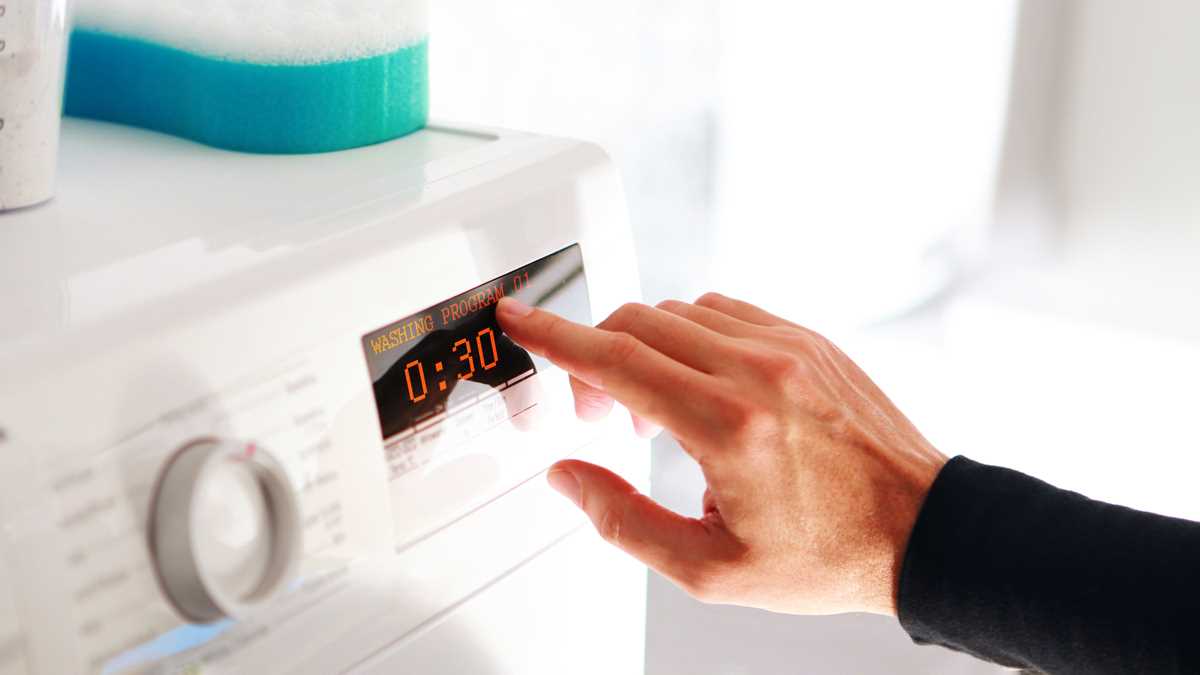
In addition to temperature, it’s important to consider the duration of the quick wash cycle. This cycle is designed to be shorter than regular cycles, typically ranging from 15 minutes to 30 minutes. The shorter duration helps save time, energy, and water. However, keep in mind that the shorter duration may not provide enough time for deep cleaning or removing tough stains.
5. Adjustable temperature:
Some washing machines offer adjustable temperature options for the quick wash cycle. This allows you to customize the temperature based on your specific needs. If you have heavily soiled items or need to remove stubborn stains, you can increase the temperature for a more effective clean.
6. Tips for using the quick wash cycle:
- Sort your laundry appropriately to avoid damaging delicate items with higher agitation levels.
- Pre-treat stains before using the quick wash cycle for better results.
- Avoid overloading the machine to ensure proper cleaning and prevent excessive wear and tear.
- Consider using laundry detergents specifically designed for quick wash cycles for optimal performance.
Remember to consult your washing machine’s user manual for specific instructions and recommended settings for the quick wash cycle.
Factors That Influence the Quick Wash Cycle Temperature
Different Machine Models
The temperature of the quick wash cycle can vary depending on the model of the washing machine. Each manufacturer may have different specifications for their quick wash cycle, including the temperature settings. It is important to consult the user manual or contact the manufacturer to determine the specific temperature of the quick wash cycle for your machine.
Type of Fabric
The type of fabric being washed can also influence the temperature of the quick wash cycle. Delicate fabrics, such as silk or wool, may require lower temperatures to avoid damage. On the other hand, heavily soiled or stain-prone fabrics may require higher temperatures to effectively remove dirt and stains. It is essential to consider the fabric care instructions and adjust the temperature accordingly to preserve the quality and longevity of the garments.
Soil Level
The level of soil on the clothes affects the temperature of the quick wash cycle. If the clothes are lightly soiled, a lower temperature may be sufficient to clean them effectively. However, heavily soiled clothes may require higher temperatures to remove stubborn stains and dirt. Many washing machines have different temperature settings for varying soil levels, allowing you to choose the most appropriate option for your laundry.
Energy Efficiency
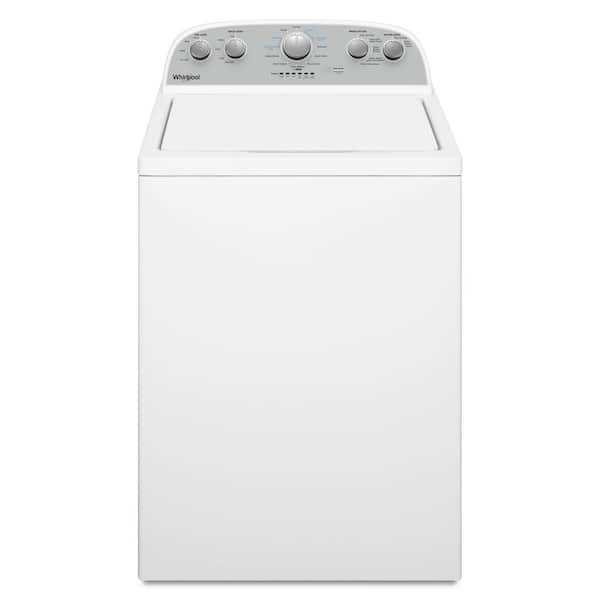
With increasing emphasis on energy efficiency, many modern washing machines offer quick wash cycles that operate at lower temperatures. These cycles are designed to save energy and reduce utility bills. Although the exact temperature may vary, quick wash cycles often use cooler water compared to regular wash cycles. It is recommended to select the quick wash cycle when dealing with lightly soiled clothes, as it not only saves time but also conserves energy.
Water Heater Settings
The temperature of the quick wash cycle can also be influenced by the water heater settings in your home. If your water heater temperature is set to a lower level, the quick wash cycle will use water at that temperature. Conversely, if your water heater is set to a higher temperature, the quick wash cycle may use hotter water. It is important to consider and adjust your water heater settings to align with your desired quick wash cycle temperature.
Machine Capacity

The capacity of the washing machine can affect the temperature of the quick wash cycle. Larger machines often have more powerful heating elements and allow a higher range of temperature settings. Smaller machines, on the other hand, may have limited temperature options due to their size and heating capabilities. When choosing the quick wash cycle temperature, be mindful of the capacity of your machine and its recommended settings.
Summary
The temperature of the quick wash cycle can be influenced by various factors, including the machine model, type of fabric, soil level, energy efficiency, water heater settings, and machine capacity. It is essential to consider these factors and adjust the temperature accordingly for effective and efficient cleaning of your laundry.
Benefits of Using a Quick Wash Cycle
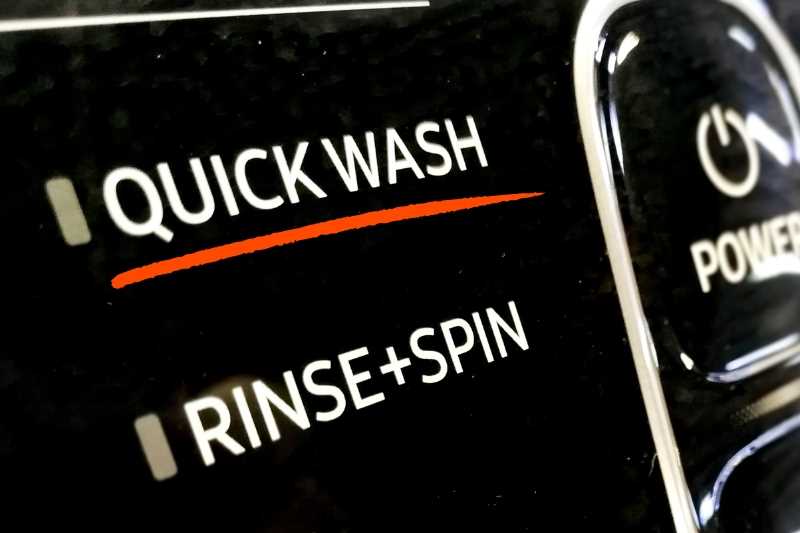
- Time-saving: One of the main benefits of using a quick wash cycle is the amount of time it can save. Unlike regular wash cycles that can last for one hour or more, a quick wash cycle usually takes around 30 minutes or less. This is perfect for busy individuals who are always on the go and need clean clothes quickly.
- Energy-efficient: Quick wash cycles generally use less water and energy compared to regular wash cycles. This means that you can reduce your carbon footprint and save on utility bills by opting for a quick wash. Additionally, less water and energy usage can also have positive impacts on the environment.
- Gentle on clothes: Quick wash cycles are designed to be gentle on clothes while still effectively removing dirt and stains. The shorter cycle time and lower temperature prevent excessive agitation and heat, helping to extend the lifespan of your garments and reduce wear and tear.
- Versatile: Quick wash cycles are suitable for various types of fabrics and clothing items. From delicate and hand washable items to everyday garments, a quick wash cycle can handle a wide range of clothing. Just ensure to read the care label on your clothes to determine if they are appropriate for a quick wash cycle.
- Convenient: If you only have a few lightly soiled items, using a quick wash cycle allows you to quickly freshen them up without needing to wait for a full load. This can be especially handy when you need a specific item of clothing for an event or occasion.
Choosing the Right Quick Wash Cycle for Your Needs
When it comes to doing laundry, time is often of the essence. This is where the quick wash cycle comes in. It allows you to wash your clothes in a shorter amount of time compared to a regular wash cycle. However, not all quick wash cycles are created equal. Understanding the options available and choosing the right one for your needs can make a big difference in the outcome of your laundry.
Consider Your Clothing
One important factor to consider when choosing a quick wash cycle is the type of clothing you are washing. Quick wash cycles are generally designed for lightly soiled clothing items, such as everyday clothes or delicates. If you have heavily soiled items or stained clothing, a regular wash cycle may be more suitable.
It’s also important to take care when washing delicate fabrics. Some quick wash cycles may be too harsh for delicate items, leading to damage or shrinking. In such cases, look for a quick wash cycle specifically designed for delicate fabrics or consider hand-washing those items separately.
Assess the Time
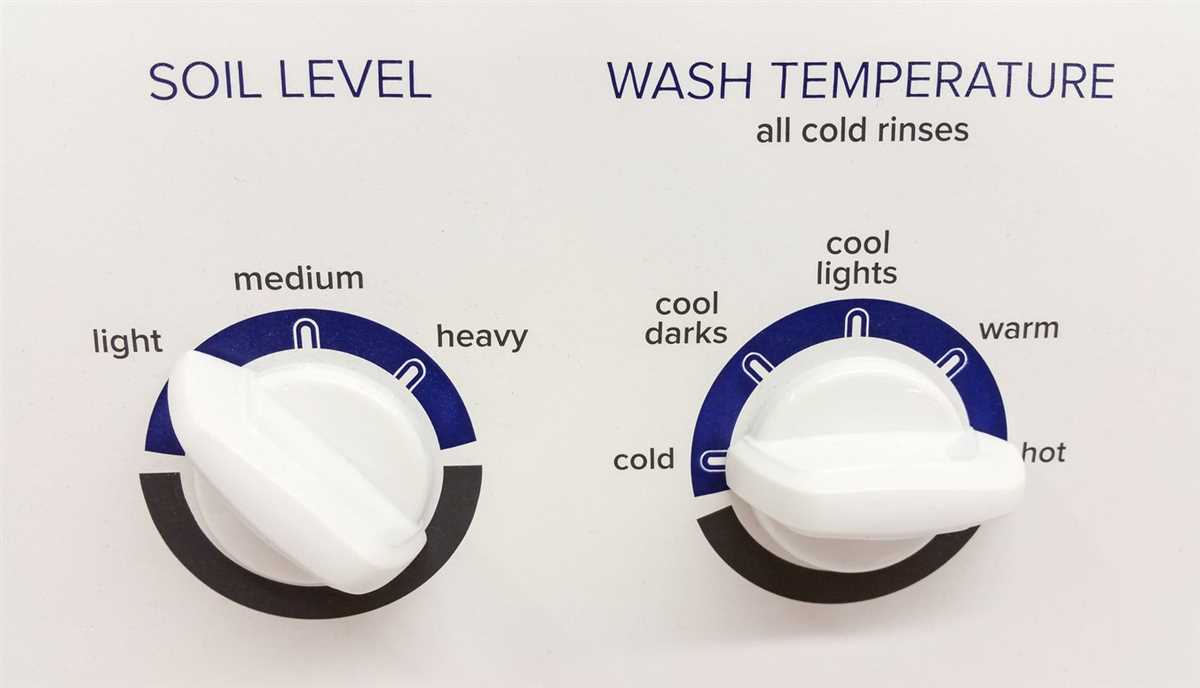
Quick wash cycles vary in duration, typically ranging from 15 to 30 minutes. Consider how much time you have available and how urgently you need your clothes cleaned. If you are in a rush or need a few essential items quickly washed, opting for a shorter quick wash cycle would be more suitable.
Temperature Options
While quick wash cycles are generally known for using cooler water temperatures to save time, some machines offer temperature options for these cycles. Make sure to check the temperature options available for the quick wash cycles on your specific washing machine. This will allow you to select the appropriate temperature based on the fabric type and level of dirt on your clothes.
Keep in mind that using higher water temperatures can lead to better stain removal, but it may also increase the risk of shrinking or damaging delicate fabrics. If you are unsure, it’s always a good idea to consult the garment’s care label or use a lower temperature to be on the safe side.
Additional Features

Some washing machines offer additional features or options specifically for quick wash cycles. These features can include extra rinsing, increase in spin speed, or pre-treating options. Take the time to explore the additional features on your washing machine and consider whether they would be beneficial for your quick wash needs.
It’s important to note that not all washing machines have the same features or settings. So, it’s always a good idea to consult the user manual for your specific machine to fully understand its capabilities.
Conclusion
Choosing the right quick wash cycle for your needs can help you save time and get your clothes clean efficiently. Consider the type of clothing, duration, temperature options, and additional features available to ensure you make the best choice for your laundry needs. Remember to always read the garment’s care labels and follow the manufacturer’s instructions for the best washing results.
Maximizing Efficiency and Effectiveness of a Quick Wash Cycle
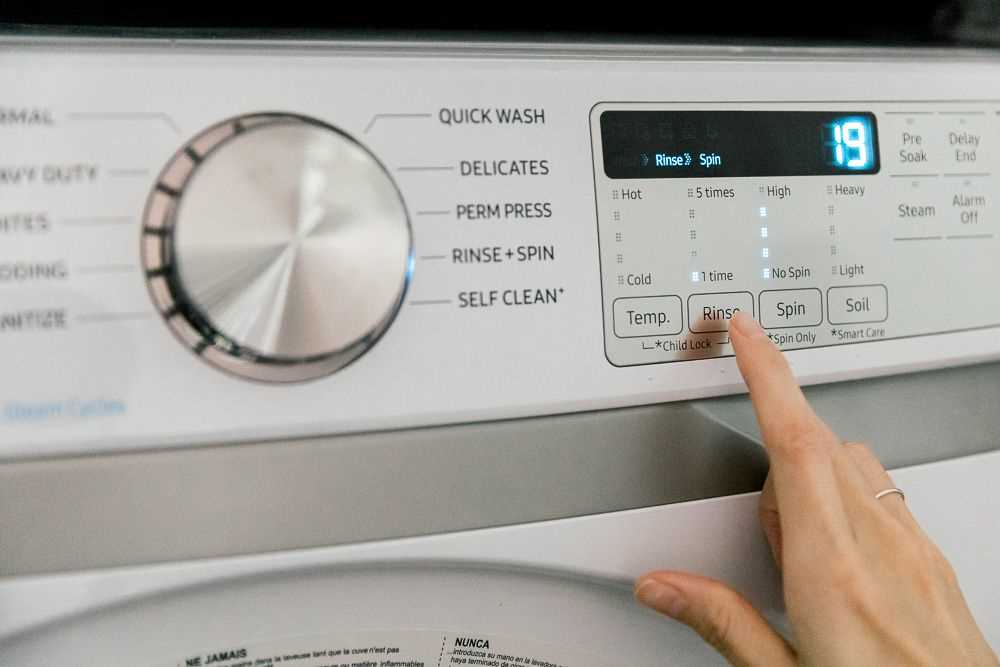
1. Sort your laundry
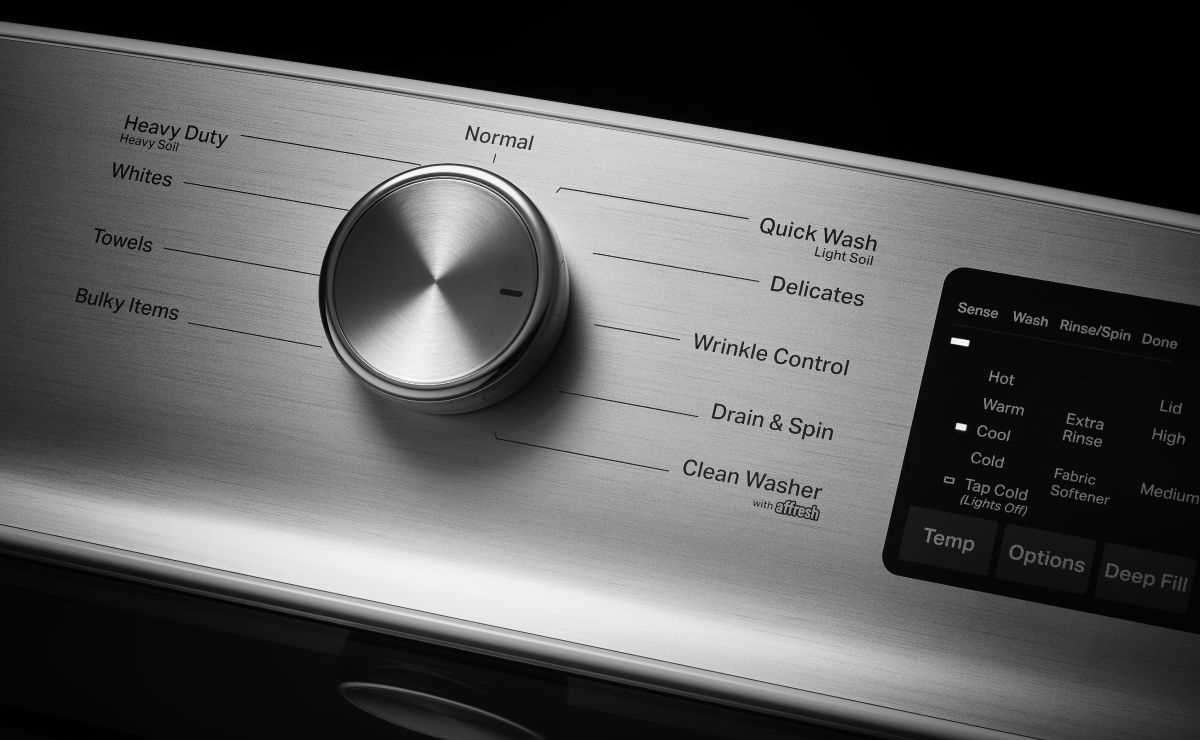
To maximize the efficiency and effectiveness of a quick wash cycle, it is important to sort your laundry properly. Sort your clothes based on color, fabric type, and level of dirtiness. This will prevent any bleeding of colors, protect delicate fabrics, and ensure that heavily soiled items can be properly cleaned.
2. Pre-treat stains
If you have any stained items, it is a good idea to pre-treat them before starting the quick wash cycle. This can be done by using a stain remover or applying a detergent directly to the stain. Allow it to sit for a few minutes before adding the garment to the wash. This will help to ensure that the stain is properly removed during the quick wash cycle.
3. Use the appropriate amount of detergent
Using the right amount of detergent is important to maximize the effectiveness of a quick wash cycle. Too much detergent can create excess foam and take longer to rinse out, while too little may not clean your clothes effectively. Follow the instructions on the detergent packaging or use a measuring cup to ensure you are using the correct amount.
4. Opt for a higher spin speed
Most modern washing machines have adjustable spin speed settings. For a quick wash cycle, it is recommended to select a higher spin speed. This will help to remove excess moisture from the clothes, reducing drying time and increasing efficiency.
5. Consider using a higher temperature
While quick wash cycles typically use lower temperatures, some machines offer the option to increase the temperature slightly. If you have heavily soiled items or want to ensure proper disinfection, selecting a slightly higher temperature can improve the effectiveness of the quick wash cycle.
6. Utilize the appropriate cycle settings
Make sure to choose the appropriate cycle settings for your specific laundry needs. Quick wash cycles often have different settings such as delicate, normal, or heavy-duty. Selecting the correct setting will help to optimize the efficiency and effectiveness of the wash cycle.
7. Avoid overloading the machine
While quick wash cycles are designed to handle smaller loads, it is still important to avoid overloading the machine. Overloading can lead to poor cleaning results, longer cycle times, and increased energy consumption. Follow the recommended load capacity specified by the manufacturer.
8. Empty the pockets and check garment care labels
Before starting the quick wash cycle, remember to empty all pockets of your garments to avoid any surprises in the wash. Additionally, check the care labels of your clothing items to ensure they can be safely washed using a quick wash cycle. Some delicate or heavily soiled items may require a longer and more gentle washing cycle.
9. Maintain your washing machine
Regular maintenance of your washing machine is crucial to ensuring its efficiency. Clean the detergent dispenser, drum, and filter regularly to prevent any buildup or blockages that could affect the performance of the quick wash cycle. Refer to the manufacturer’s instructions for specific cleaning and maintenance recommendations.
10. Practice energy-saving habits
To maximize the efficiency of a quick wash cycle, it is important to adopt energy-saving habits. These include washing full loads whenever possible, using cold water when appropriate, and air-drying clothes instead of using the dryer. These small changes can contribute to saving energy and reducing your environmental footprint.
FAQ
What is the temperature of a quick wash cycle?
The temperature of a quick wash cycle varies depending on the washing machine, but it is typically around 30-40 degrees Celsius.
Is a quick wash cycle effective in cleaning clothes?
Yes, a quick wash cycle is generally effective in cleaning lightly soiled clothes. However, it may not be as effective in removing tough stains or heavily soiled items.
How long does a quick wash cycle usually take?
A quick wash cycle usually takes around 15-30 minutes, depending on the washing machine and the specific settings chosen.
What types of fabrics are suitable for a quick wash cycle?
A quick wash cycle is suitable for most types of fabrics, including cotton, synthetic blends, and delicate items. However, it is not recommended for delicate fabrics like silk or wool.
Can I adjust the temperature of a quick wash cycle?
Some washing machines allow you to adjust the temperature of a quick wash cycle, while others have a fixed temperature setting. It depends on the specific model of the machine.
What temperature is a quick wash cycle?
The temperature of a quick wash cycle can vary depending on the washing machine and the settings chosen. However, on average, a quick wash cycle usually operates at a temperature of around 30°C to 40°C.
Is a quick wash cycle effective in cleaning clothes?
Yes, a quick wash cycle can be effective in cleaning clothes, especially for lightly soiled items. Although the cycle is shorter and operates at a lower temperature, modern washing machines are designed to optimize cleaning performance even in quick cycles.




